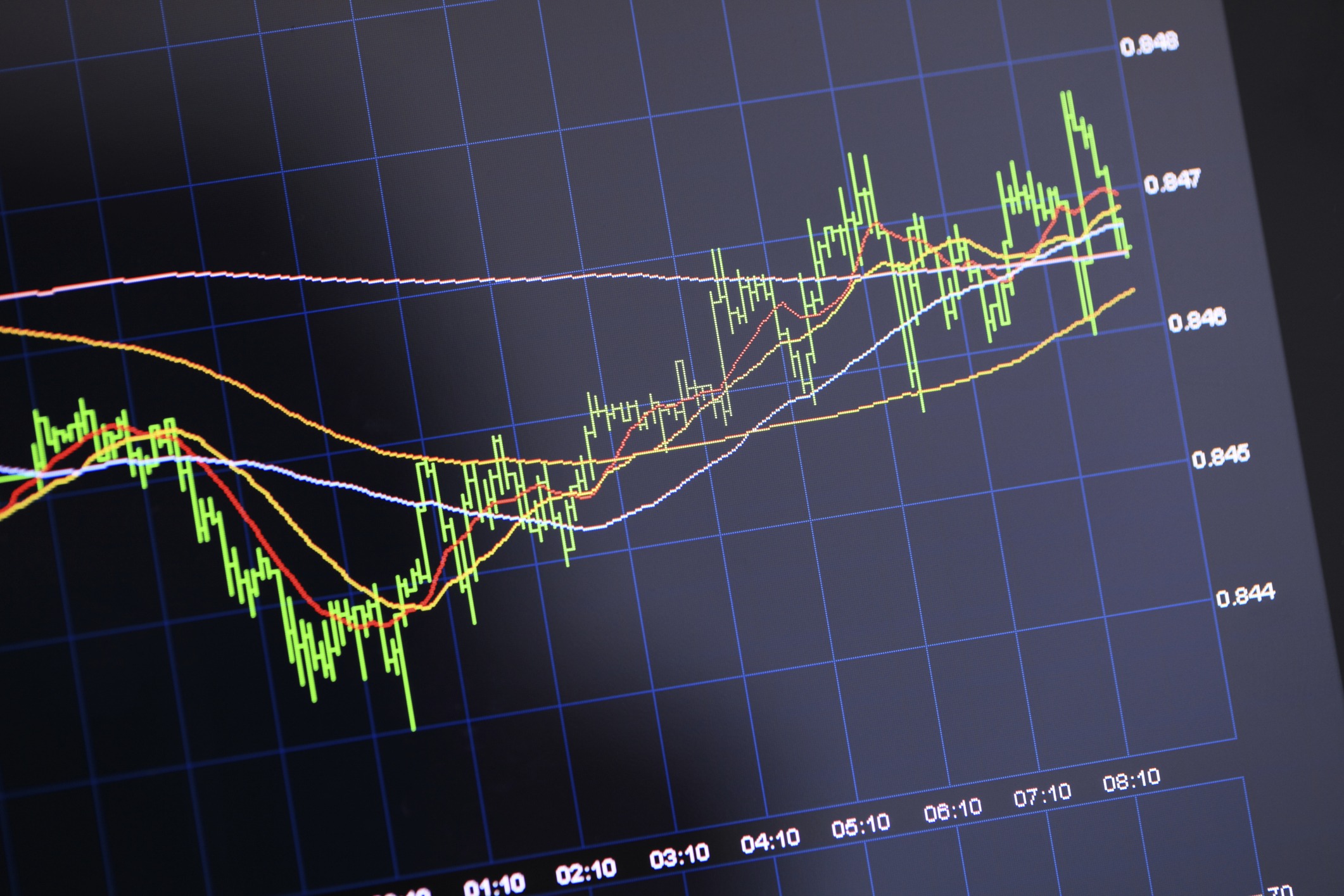The weekly Commitment of Traders report published by the Commodity Futures Trading Commission tracks the markets’ players of consequence. The report breaks down the actions of the commodity index funds, managed money, small speculators and finally, the commercial traders. For the purpose of this article, we’ll focus on the commercial trader category. I’ve been reading these reports for twenty years and there’s a phenomenon that I’ve counted now 13 times in the S&P 500 futures that is usually tied to the expiration of the quarterly contracts. This setup has had a 76% forecasting accuracy for the period in which we measured its effectiveness. Most importantly, we find ourselves in the middle of this rare event even as we speak.
We noted in our September 30th piece for Equities.com, “Commercial Selling Tips S&P 500 Bias” that, “The recent Commitment of Traders report showed net commercial selling in the S&P 500 futures of 36,000 over the last week. Granted, there was a lot of uncertainty in the markets last week but, it’s important to understand that the commercial trader category is made up of professional traders in this business for the long haul. Therefore, when they take drastic action like they did last week, it’s important to take notice.” Reviewing the last 20 years of S&P 500 data with the net commercial position plotted underneath, I arbitrarily set the bar at a net decline of 25,000 commercial contracts or more in a two-week period. The chart below shows the recent history of the interaction between these two data series.

The same analysis over the last twenty years only reinforced the concept of following the commercial traders out of the equity market when they exit en mass. There have been a total of 13 observances of this setup. All but one of them, November of 2008, occurred during a quarterly expiration cycle. The events were evenly distributed with three observances in March and September; two in December while June was the most frequent with four occurrences. Eleven out of the thirteen occurrences produced a decline in the market two weeks out. The average of the expiration-based declines was 5.7%. This average does not include the November of 2008 sell off which was a whopping 19.5% but was not expiration based. If we include the November observation because the commercial traders exhibited the same mass exodus behavior then the average for the eleven occurrences jumps to nearly 7%. There were two observations in which the market was higher in the coming weeks; once in March of 2011 and again in June of 2013. Their rallies were 2.6% and 3.2% respectively.
COT Signals FREE TRIAL
This brings us back to the current situation. The recent all-time high of 2014.50 made on September 19th is clearly the high for this cycle. The 36,000 contracts the commercial traders have sold since then is clearly contributing to the market’s headwinds. Using that high and extrapolating downwards, we reach an average objective around 1,900 in the S&P 500. If we use the average of all occurrences including the two market rallies we come up with an objective of 1,904.50. Finally, using only the declines and their total average decline of 7%, we end up with an extended objective of 1,873.
See COT Signals Recent Trades
We’ll see what the commercial traders’ actions are in the weeks ahead but it’s my guess that this selling is the tip of the economic iceberg. Slowing data out of Europe is forcing them into Quantitative Easing mode as we suggested in, “Hand Quantitative Easing to Germany.” This will help the U.S. unwind its debt problems but the big picture is that we’re merely shifting the easy money bubble from the U.S. to Europe. Furthermore, the Chinese slowdown along with Ukraine unrest will continue to slow economic activity overseas. The global balancing act will now look to the U.S. for continued strength as the declining Euro currency hopes to export its way out of deflation.






